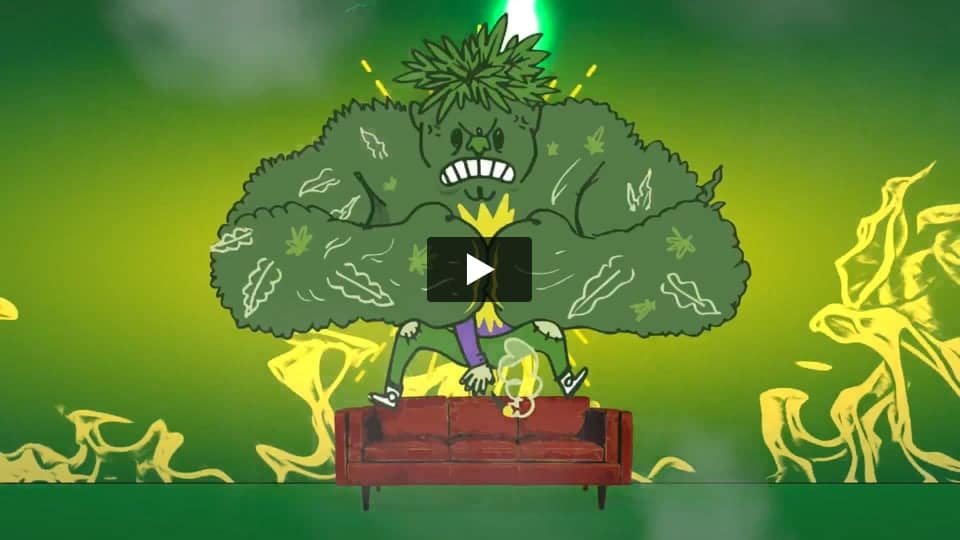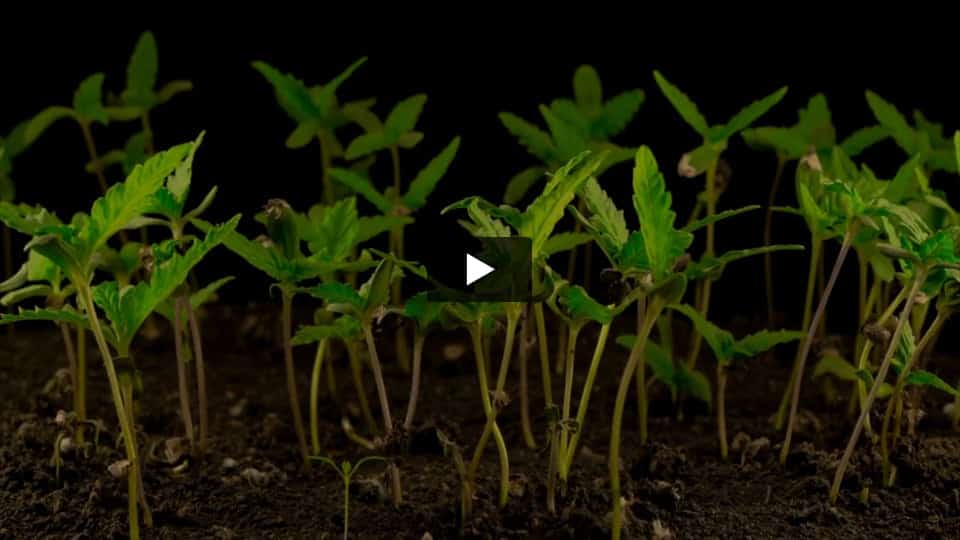
This video discusses the origins of the cannabis strain White Widow, its variations, and the challenges faced by its breeders in the late 90s.
And hello, Groovers! Today, a short video to talk to you about the origin of White Widow.
Until the late 90s, Skunk #1 phenotype was very well suited for cultivation in indoor settings, with a compact structure, high yield, and moderate flowering. Thus, the White Widow was born.
Initially, Scott Blake’s idea was to create variations of this White Widow, bringing it to its most Indica, most Sativa, and most commercial version. The following are some notable variations:
- White Rhino: This is the most Indica version of White Widow, perfectly combining the traits of Afghani with White Widow.
- Great White Shark: The incorporation of Super Skunk was a great success as it improved the flavor and yield without disrupting the intense effect of White Widow.
- El Nino: This is the most Sativa version of White Widow.
At the end of the 90s, Shanti Baba and Neville decided to leave Greenhouse due to differences with the management. They went to Switzerland, revisiting Ohio, and worked on tools which, in this case, focused on the production of the best varieties of the White strain.
This caused two problems:
- Shanti Baba and Neville had to change the names of all their varieties. For example:
- White Widow became Black Widow.
- White Rhino became Medicine Man.
- Great White Shark became Shock Shock.
- El Nino remained as El Nino.
- The second problem was that Greenhouse lacked the original parent strains of these varieties. This led John and his team to select new parents to recreate the seeds that have brought so much success to their growers, thus ceasing to be the same as before.
I hope you enjoyed this short video! If so, feel free to check out the website and join our Discord servers.










